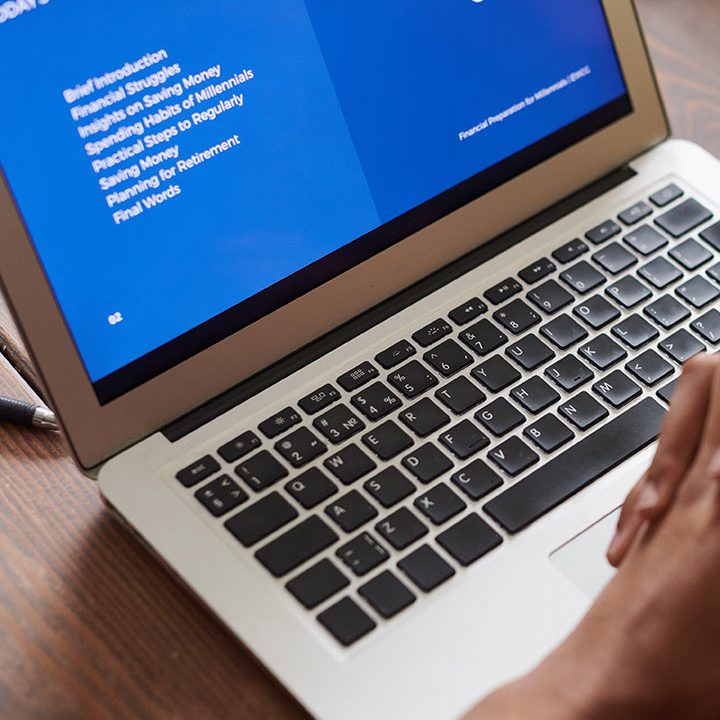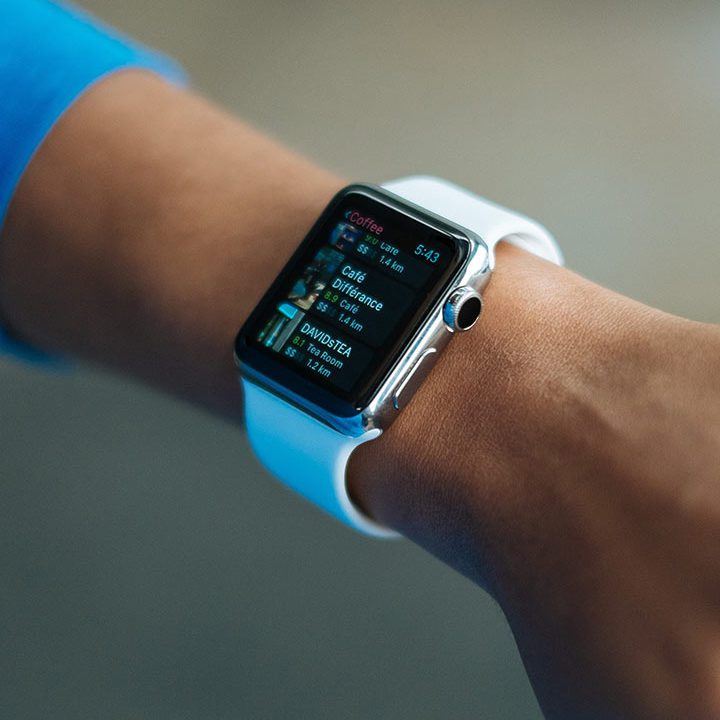Wearable devices are a smartphone of their own kind as it not only provides the exact time but some crucial application. You might not be able to use these services on your smart devices like mobile phones.
Wearable technology has significantly grown to an extent with an approximate market share of $265.4 billion by 2026. These wireless devices that we wear around our body are an innovative means to ensure a healthy lifestyle alongside location and calling services.
However, wearable technology has an integrated design with smartphones to maintain a link between the two devices to ensure data synchronisation. This way you can use your smartwatches to find location, sync phone contacts, and remember important notifications.
How Wearable Technology Impacts App Development?
Wearable technology requires expertise for development and implementation of the software and hardware design. You have access to some specific abilities that even smartphones might not provide including health tracker, GPS, voice-search features.
These features might create an impact on the app developers as wearable devices have compact screen design and power source. Developers must look into methods to provide optimised applications for these smart devices.
Wearable technology comes with specific sensory features to track your health status and personalise your day-to-day routines. This virtual access has led to a more reliable form of technology growth in the form of wearable devices.
The benefits that come along with wearable technology might impact the mobile app development strategy in the future including domains like fitness, medicine, travel, fashion, etc.
Web app development requires providing more specific algorithms to understand what other services can be provided via wearable technology. For example, fitness trackers can be synced via your smartphones to personalise your fitness routine.
Impact of Wearable Technologies on App Development
People’s interactions with mobile applications are already changing as a result of wearable technology like smartwatches and fitness trackers. The following are some ways that wearables may affect mobile applications:
- An increased emphasis on ease of use and simplicity:
Wearables have smaller screens and less processing power than smartphones or tablets, so mobile applications created for them must be straightforward, intuitive, and simple to use.
As developers work to provide user-friendly experiences across many platforms, this trend towards simplicity and comfort is likely to spread to mobile applications as a whole.
- Integration with fitness and health tracking
Since many wearables are built with these characteristics in mind, mobile applications will need to be able to integrate with them to give users a smooth user experience. This could entail creating new features exclusively for wearable devices or sharing data between the wearable and mobile app.


- Increased personalisation
Since wearables may provide real-time data on a user’s location, activity, and other factors, they have the potential to increase personalization. In order to provide personalised information, recommendations, and notifications based on a user’s unique interests and behaviour, mobile applications will need to be created with this in mind.
- Instantaneous communication
Future smartphone applications for wearables would give users and concerned professionals (like doctors) real-time updates about the users’ current state. Businesses can monitor and instruct personnel thanks to such real-time communication.
- New input techniques:
Wearables provide a variety of new input techniques, including touch controls, gestures, and voice instructions. Developers will need to experiment with new ways of interacting with mobile applications outside of the conventional touch screen interface, and mobile applications will need to be developed with these input methods in mind.
- Comfortable user interface
Applications for wearables would have user interfaces with a wealth of accurate and pertinent details. Users of these programmes would see clear instructions, and tabs would be arranged ergonomically for user-friendly access.
- Ease-of-access and lightweight
Lightweight mobile applications for wearables would load rapidly and react to individual commands quickly. In order to address this, the developers are now creating apps. People will feel more inclined to utilise their wearables if the apps function well.
- Customised notifications
Applications for wearable technology are likely to concentrate on customisable alerts, such single-word messages, audio memos, or different coloured signals; this will allow consumers the choice to have the app display what they want in the way they want.
- Constant data sync
The wearable device applications would enable quick and seamless data transfer across smart devices (e.g., Bluetooth smart technology enabled applications). Many large corporations have been observed to be focusing their wearable strategy on Bluetooth and WiFi.
- Energy efficient
Next-generation mobile applications for wearables would be enabled for low-energy consumption profiles due to their real-time usage, ensuring a longer battery life for those wearables. As a result, individuals won’t need to constantly go to charge their gadgets and may use them for longer periods of time.
- Artificial intelligence (AI)
Future mobile wearable applications might forecast user behaviour and modify their own operations using artificial intelligence algorithms (using big data technology). Such mobile
applications will enhance and personalise the wearable device user experience in this way.
- Computational power
Due to real-time inputs and the need for outputs that can be used immediately, future mobile apps for wearable technology will demand quick computational abilities. Also, some of the inputs would come in the form of huge data files, necessitating extensive processing through complex algorithms.
- Enhanced interaction capabilities
Future wearable device mobile applications would also have improved human interface features including tapping, swiping, and responding to voice instructions. This will be a breath of fresh air and influence individuals to become mesmerised by the features of the app.
- Semantics and biometrics
Latest wearable mobile apps would enable the combination of biometrics and semantics-based software that could assist in interpreting feelings, monitoring progress, and spotting biopotential (e.g., with the sensors available such as a multi-axis accelerometer, developers would have scope for greater innovation and create fascinating gesture detection enabled applications).
- Augmented Reality
The forthcoming wearable mobile applications would leverage augmented reality methods by heightening the human senses of sight, hearing, touch, and smell. For instance, augmented reality can be used to enlarge voice commands, extend health-related information, and improve map navigation.
Is Wearable Technology a Threat to App Development?
Wearable technology cannot be called a threat to app development but rather a more classified way of delivering apps. Moreover, it provides better opportunities to developers to create better technology and generate more new leads.
However, it might cause some complications for designers to fit these apps on limited screen size and provide optimal battery performance. App developers must ensure that the apps are best suited for wearable technology devices and provide quick access to significant services like location finder, music synchronisation, and voice search.
Conclusion
In conclusion, the evolution of wearable technology, including watches, eyeglasses, contact lenses, electronic clothing, fitness trackers, beanies, belts, caps, and jewellery, will result in the creation of more complex and advanced mobile applications.
The boundary between people and physical gadgets will become more hazy thanks to these wearable applications. Also, every wearable mobile application will require its own set of capabilities depending on the sector and application the wearable is designed for.








